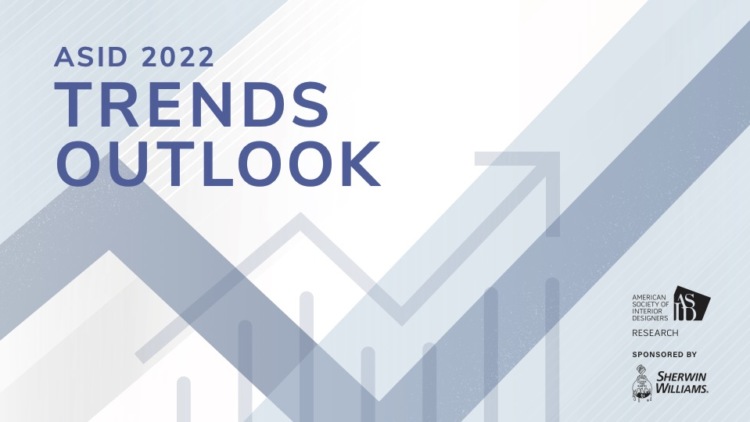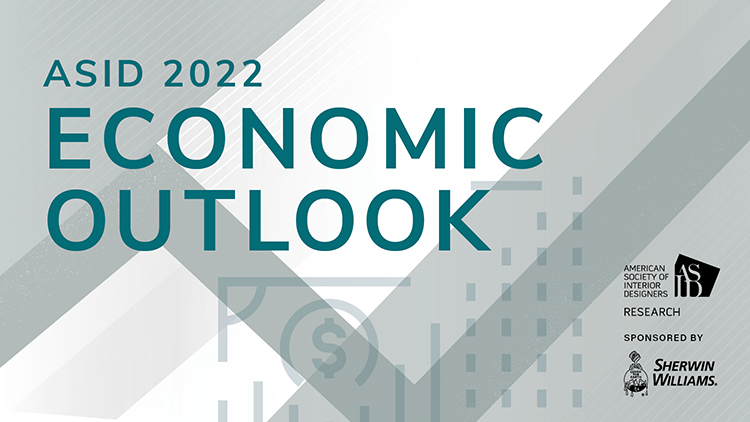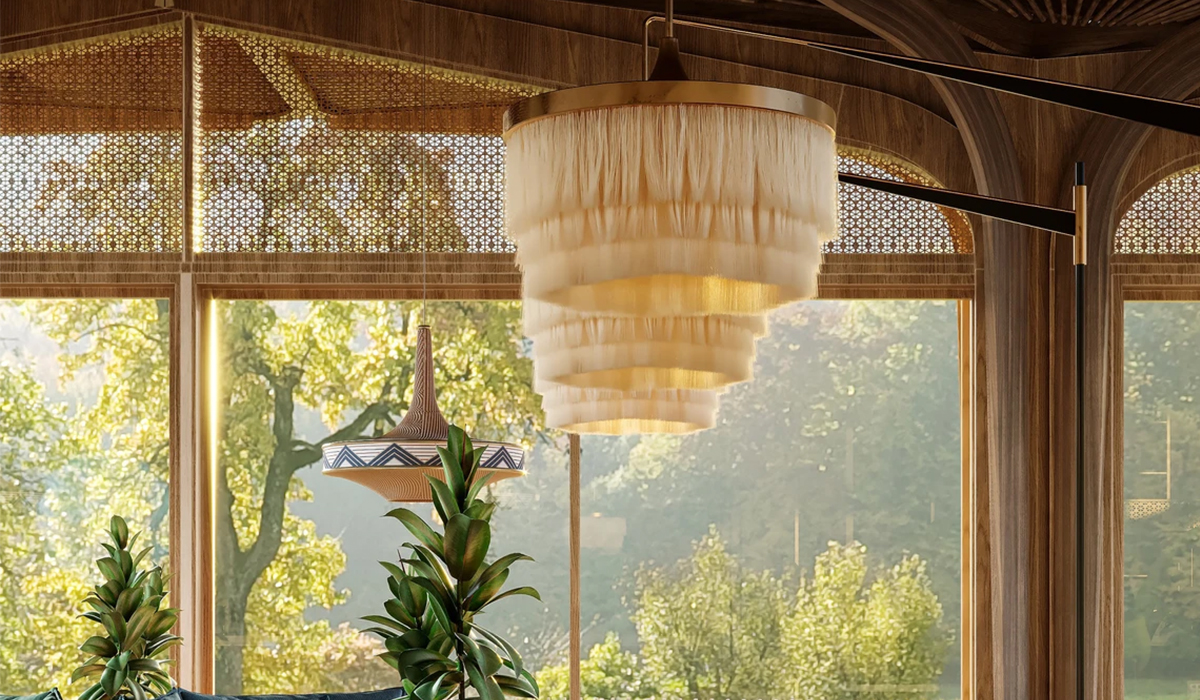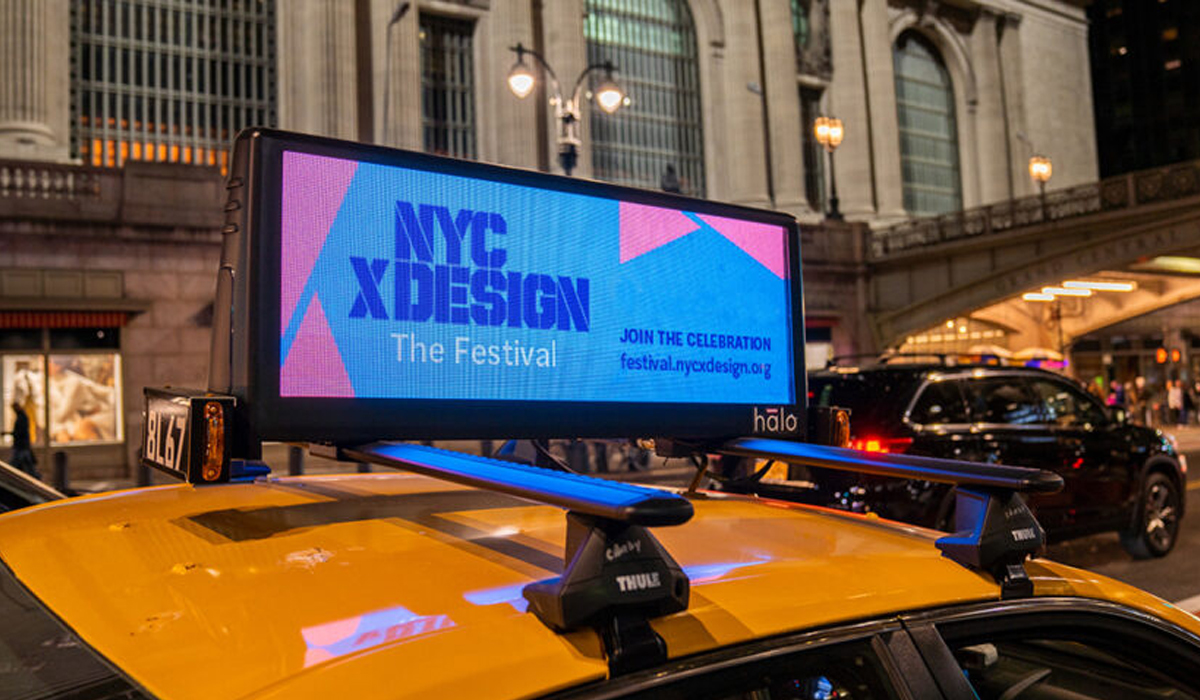
As the 3D interior design rendering service professional,it's quite important to know our major market, the interior design industry in USA. The ASID 2022 outlook and state of interior design report will be helpful to enlighten interior design practitioners and professionals on relevant changes within the new year as related to global trends, economic indicators, and beyond.
Part 1. ASID 2022 Trends Outlook

The ASID 2022 Trends Report builds upon the findings of the 2021 Outlook and State of Interior Design Report, bringing a refined focus to the latest changes impacting design practice, including population, society, lifestyles, methods of work, new technologies, and the natural environment. From products and materials to how and where spaces are designed and for whom, these trends are transforming design and interior designers’ clients
SECTION HIGHLIGHTS
TRENDS IMPACTING CLIENTS
This section provides key insights into the effects of population shifts and migration on interior design clients. Clients are guided by lifestyle trends including emphasis on health & wellness, family & home, wealth & luxury, and work & workplace impacts.
Of primary importance to clients are issues surrounding climate change and sustainability, as well as diversity, equity, and inclusion. Health, safety, wellness, and wellbeing are priorities in nearly all spaces, as is a priority focus on technology.
The shifts in population and employment that have occurred during the past two years will have lasting impacts on housing and businesses, realigning where there is demand for design services, and underscoring the need for sustainable and resilient design.
TRENDS IMPACTING INTERIOR DESIGN PRACTICE
2022 marks a pivotal time in history for those in the interior design industry, as professionals are witnessing ongoing changes in technology, major demographic developments, and societal, and attitudinal shifts.
Designers will once again be called to serve and offer guidance as the industry evolves away from COVID-19 into a new era of interior design. Topics that inform design practice, such as emerging and developing technologies, demographic shifts informing new occupant needs and lifestyle trends, and new products and innovative materials are gradually impacting individuals in all life stages, as well as businesses.
The ASID 2022 Trends Report connects these broad ideas directly to the profession, offering designers a comprehensive perspective on the year ahead while also providing the material needed to make an impact in their practice and on the lives of those they serve.
Part 2 ASID 2022 Economic Outlook Report

The ASID 2022 Economic Outlook, part two of the three-part series on the Outlook and State of Interior Design (see part one – Trends Outlook Report), provides an overview of the current state of the economy and including its impact on the interior design industry, profession, and practice.
SECTION HIGHLIGHTS
U.S. ECONOMY
After a rocky 2020, more optimism emerged in 2021. COVID-19 remains in charge of the economy, but people are adapting, and disruptions have become shorter and less severe with each subsequent new variant. The economy experienced a short, sharp recession in March and April 2020, but it quickly rebounded and continues a positive upward trajectory.
Inflation is top-of-mind for both consumers and businesses. To combat inflation and supply chain concerns, the Federal Reserve will be moving to raise interest rates, both this year and next, which may slow demand for many construction projects.
The pandemic has disrupted trade on multiple fronts. The diversification of suppliers will hedge against future interruptions in trade, and Interior Designers need to continue to emphasize sustainable and energy-saving design practices.
Interior design was among the many sectors that experienced setbacks from the supply chain disruptions. Constant communication with clients and suppliers will help interior designers stay ahead of the lingering pandemic effects.
EMPLOYMENT & EARNINGS
National employment, as well as the construction industry employment, has bounced back from its initial sharp decline in early 2020, but both remain below their pre-pandemic peak. In contrast, the interior design profession has fully recovered all jobs lost due to COVID-19 and the recession in 2020. The continued decline of weekly unemployment claims and relatively large wage gains indicate signs of a positive recovery with continued growth.
CONSTRUCTION OUTLOOK
In 2021, total construction spending rose, lifted primarily by residential construction activity in single-family and multifamily housing sectors, but was weighed down by decreases in the office, hospitality, and educational sectors. Non-residential construction suffered greatly in 2021 from labor shortages and supply chain issues, Healthcare construction reached a record high in 2020, and again in 2021, but other sectors, including hospitality, entertainment, travel, office, and education, will take more time to fully recover.
The changing nature of work is causing a migration shift within the population. With the increased availability of remote work, many knowledge-based service workers are moving from large, dense urban areas to less expensive areas in smaller urban areas and suburbs. Concurrently, COVID-19 is changing the definition of home, shifting what it means and what it needs to do.
Regardless, interior designers will play a key role in making the office a desirable destination for employers, employees, and their clients, determining much of the direction of future office construction spending.


